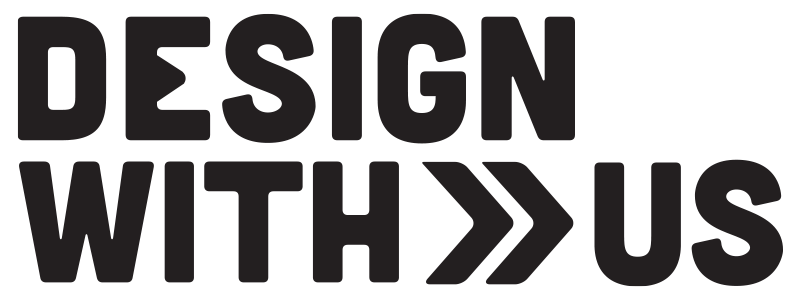Thank you, Oscar Pistorius. Thank you, technology.
[NOTE: This was written long before Oscar Pistorius was arrested and put on trial for the murder of his girlfriend.]Over the weekend, an amazing thing happened. A man with two prosthetics made it into the semi-finals of the Olympic 400 meter race. In his semi-final heat, he finished last. But in my mind, that doesn't matter at all. Pistorius not only broke ground for limb different people around the world, he showed a level of competitiveness that wasn't even expected of him. Forget about the arguments that it wasn't fair. I shared a link a while back that explains the science behind Pistorius' prosthetic legs. He makes them fast thanks to his strength and determination. Last night, Rock Center with Brian Williams shared more insight on Pistorius and his life. The story included a dynamic interview with Hugh Herr, an incredible double amputee who is changing the lower limb prosthetic world at MIT. At the end of the piece, Herr made a statement that made me get chills because he's so right:
Last night, Rock Center with Brian Williams shared more insight on Pistorius and his life. The story included a dynamic interview with Hugh Herr, an incredible double amputee who is changing the lower limb prosthetic world at MIT. At the end of the piece, Herr made a statement that made me get chills because he's so right:
"He isn't broken. He is perfect."
Oh hell yeah.I've written many times with stories of how a limb difference does not mean the end of a person's life. It's the beginning. Is it different? Yes. But so many people are strong enough to find solutions and ways to power through and do great things. While I was in New York City, my brother shared a tremendous video of how a really cool technology is helping a little girl name Emma move. It's technology I had a chance to see in action while I was at SXSW. It's called a 3D printer. When I saw it in action, it was printing cool things like 3D puzzles and a guitar pick. (I gave one to Cameron to use with his guitar and he thinks it's so cool.)A 3D printer uses plastic like you see with Legos and it follows a design from a computer. It actually prints what the computer says to print. The picture to the left shows a MakerBot 3D printer working on printing a 3D image of a hand in a fist. The printer spreads a very fine strip of plastic again and again until it forms the shape you want.I thought it was cool. I imagined Lego pieces that we've lost that could be remade. I imagined trinkets and jewelry. But I never imagined how it can help in the world of prosthetics and orthotics. That is... until I watched this:
While I was in New York City, my brother shared a tremendous video of how a really cool technology is helping a little girl name Emma move. It's technology I had a chance to see in action while I was at SXSW. It's called a 3D printer. When I saw it in action, it was printing cool things like 3D puzzles and a guitar pick. (I gave one to Cameron to use with his guitar and he thinks it's so cool.)A 3D printer uses plastic like you see with Legos and it follows a design from a computer. It actually prints what the computer says to print. The picture to the left shows a MakerBot 3D printer working on printing a 3D image of a hand in a fist. The printer spreads a very fine strip of plastic again and again until it forms the shape you want.I thought it was cool. I imagined Lego pieces that we've lost that could be remade. I imagined trinkets and jewelry. But I never imagined how it can help in the world of prosthetics and orthotics. That is... until I watched this:

